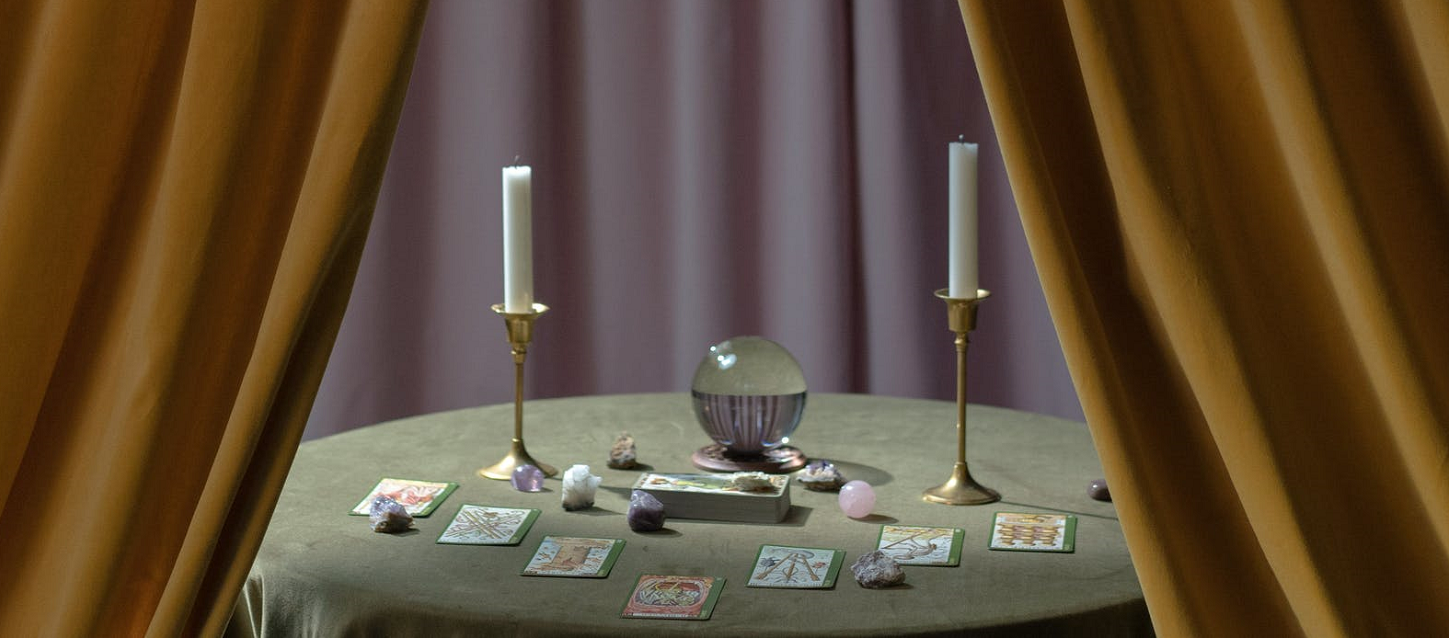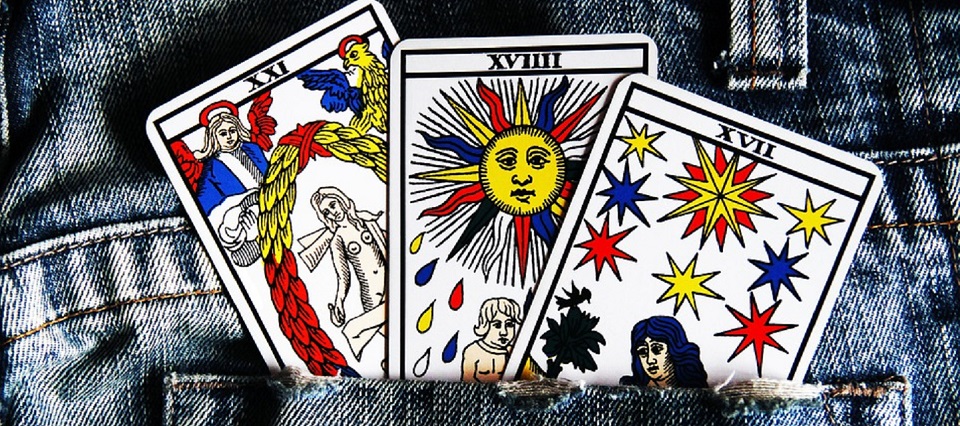Tag: tarot
-

Let Me Look into Your Future
in
Building and using a custom set of cards for divination within a larp – embracing serendipity and creating magic.
-

Tarot for Larpers
in
Using tarot readings in larp to deepen and intensify the experiences of co-players.